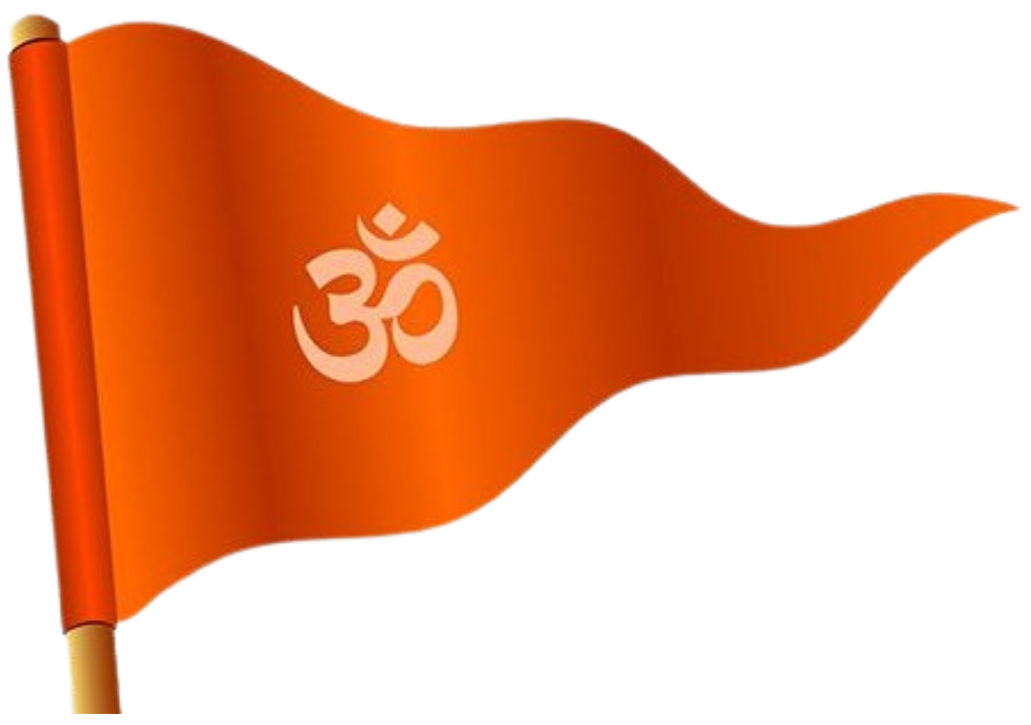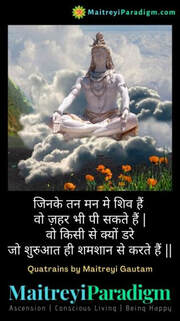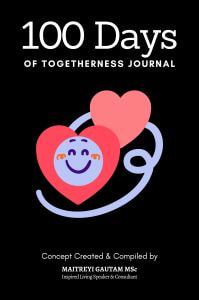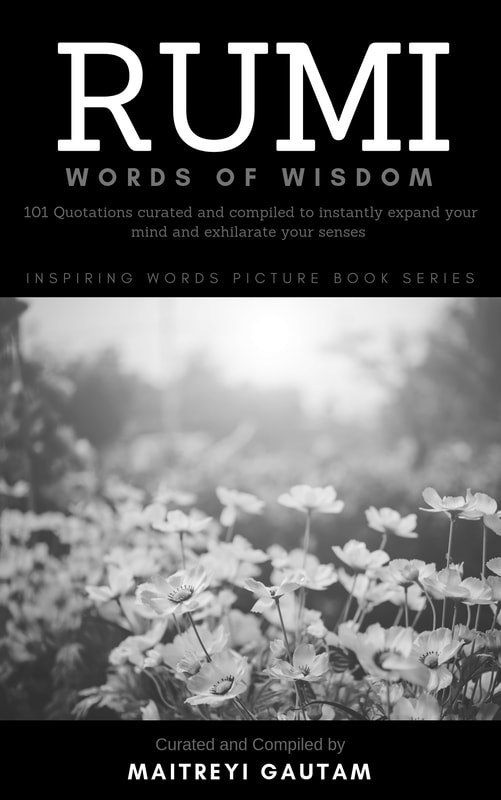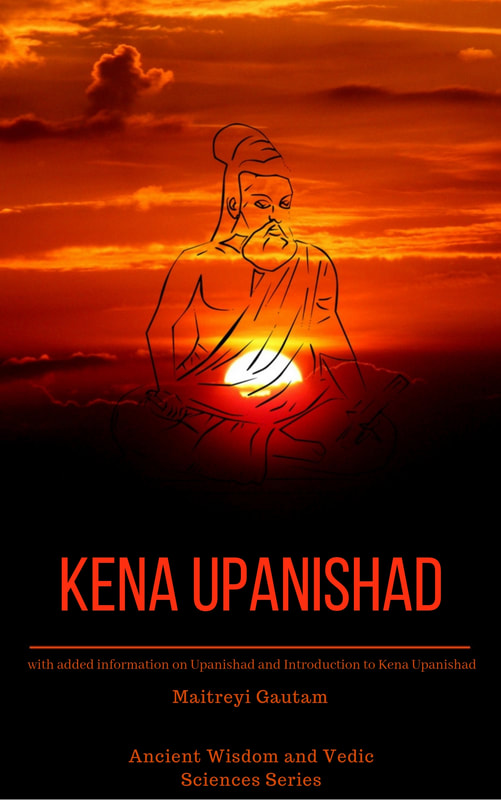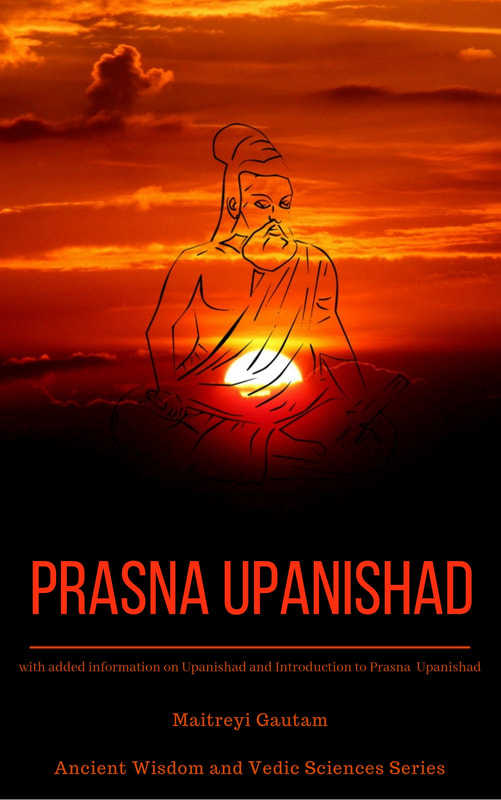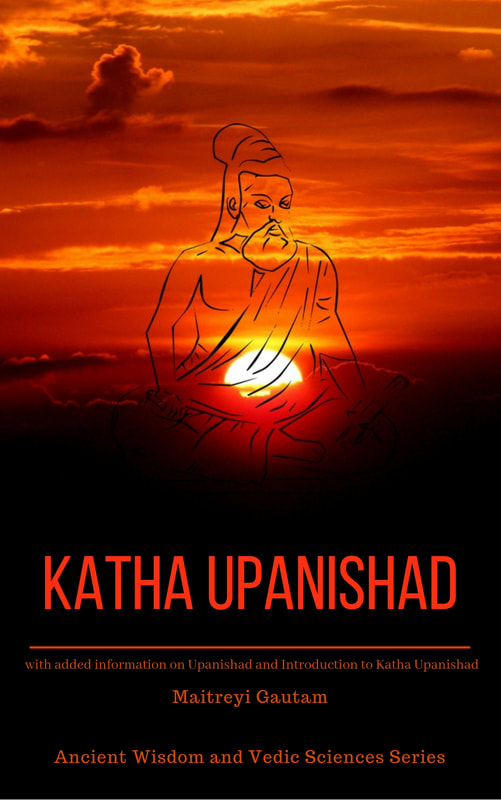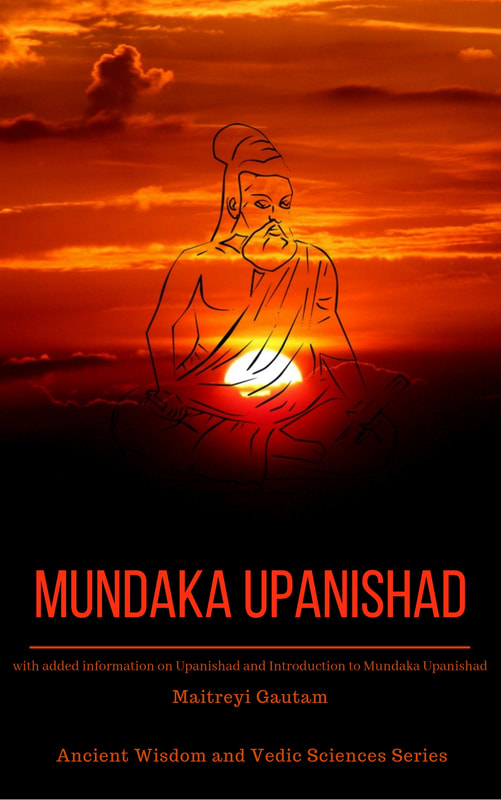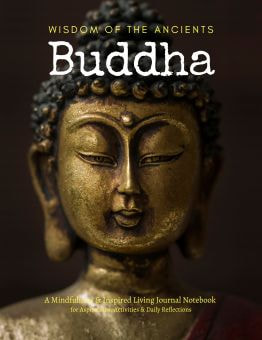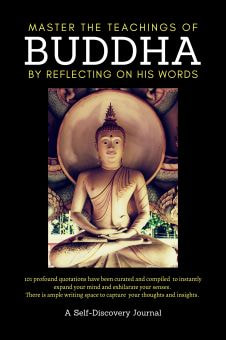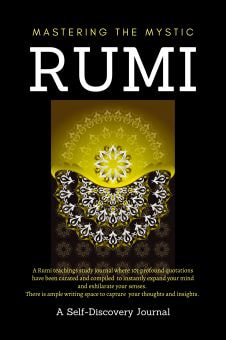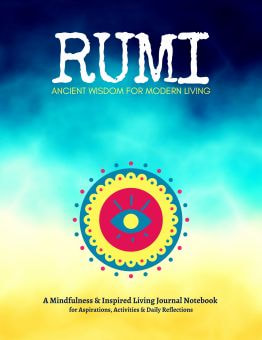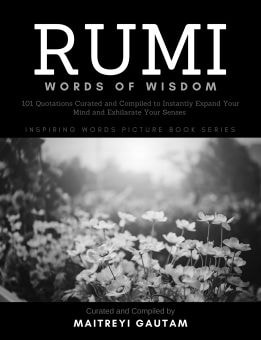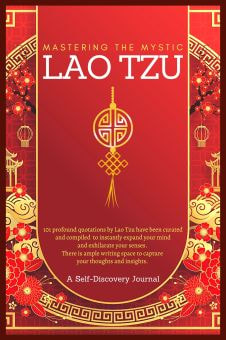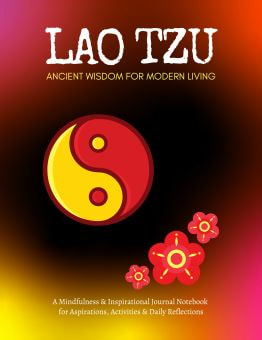The Atharva Veda is one of the four Vedas, the central texts of Hinduism, and it stands out for its distinct focus and contents.
While the other Vedas primarily deal with rituals, hymns, and songs related to sacrifices, the Atharva Veda covers a wider range of topics and is considered more heterogeneous. It is named after the ancient sage Atharvan, who is believed to have composed many of its hymns.
Here is a summary of its major themes and content:
In summary, the Atharva Veda is a multifaceted text that encompasses a wide range of topics, from magic and medicine to philosophy and ethics. It serves as a window into the beliefs, practices, and social dynamics of early Vedic society. The Atharva Veda is not only a religious text but also a rich source of cultural, historical, and linguistic insights. It remains an essential part of the Hindu tradition and offers a unique perspective on the early history of Indian civilization.
While the other Vedas primarily deal with rituals, hymns, and songs related to sacrifices, the Atharva Veda covers a wider range of topics and is considered more heterogeneous. It is named after the ancient sage Atharvan, who is believed to have composed many of its hymns.
Here is a summary of its major themes and content:
- Spells and Incantations: The Atharva Veda is particularly known for its collection of spells, incantations, and charms. These are meant to be used for various purposes such as healing illnesses, warding off evil spirits, securing protection, ensuring success in endeavors, and even cursing enemies. The text reflects the beliefs in magic and supernatural powers prevalent in ancient times.
- Medicine and Healing: The Atharva Veda contains numerous hymns related to health and medicine. These hymns describe various herbal remedies, healing rituals, and prayers for good health. The text also discusses the causes of diseases, both natural and supernatural. The Atharva Veda is considered a precursor to Ayurveda, the traditional system of medicine in India.
- Philosophy and Cosmology: The Atharva Veda explores philosophical concepts and cosmological ideas. It delves into the nature of existence, the relationship between the individual and the cosmos, and the quest for knowledge and truth. The text includes hymns that ponder the mysteries of the universe, the origins of life, and the purpose of existence.
- Ethics and Morality: The Atharva Veda addresses ethical principles and moral values. It emphasizes the importance of righteousness, truthfulness, and social harmony. The text also advocates for the protection of the weak, the respect for elders, and the proper conduct of relationships. Several hymns extol virtues such as generosity, hospitality, and compassion.
- Social Insights: The Atharva Veda provides insights into the social structure and practices of early Vedic society. It contains references to various classes or varnas, occupations, and social roles. The text also alludes to the rituals and ceremonies performed during important life events, such as birth, marriage, and death.
- Historical and Cultural Context: The Atharva Veda reflects the historical and cultural context of the time when it was composed. The hymns contain references to migrations, conflicts, and interactions between different tribes and groups of people. The text provides a glimpse into the beliefs, customs, and everyday life of the early Vedic people.
- Linguistic and Literary Significance: The Atharva Veda is composed in an archaic form of Sanskrit, and its poetry features a wide range of meters and styles. The hymns display linguistic and literary creativity, making the Atharva Veda a valuable resource for linguists, philologists, and literary scholars. The text is also rich in metaphors, similes, and symbolism.
- Preservation and Transmission: Like the other Vedas, the Atharva Veda was transmitted orally for centuries before being written down. The Brahmins, particularly the Atharvaveda Brahmins, were responsible for memorizing, reciting, and preserving the text. The Atharva Veda continues to be recited in Vedic rituals and ceremonies.
In summary, the Atharva Veda is a multifaceted text that encompasses a wide range of topics, from magic and medicine to philosophy and ethics. It serves as a window into the beliefs, practices, and social dynamics of early Vedic society. The Atharva Veda is not only a religious text but also a rich source of cultural, historical, and linguistic insights. It remains an essential part of the Hindu tradition and offers a unique perspective on the early history of Indian civilization.

